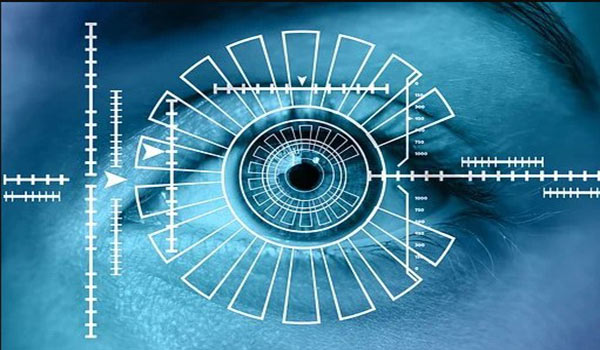With the continuing rise of cybercrime and identity theft, new methods of verifying customer identity are also required. Predicted to cause damage totaling $6 trillion in 2021 alone, the magnitude of cybercrime cannot be ignored.
Digital identity verification methods are increasingly being used by businesses to tackle fraudulent attempts to steal identities and breach security protocols, as traditional methods of authenticating customer identity become increasingly outdated. This is crucial in certain industries such as banking, where reliable methods of verifying identities are essential when it comes to anti-money laundering (AML) and know your customer (KYC) regulations.
As identity verification shifts from manual to digitized systems, it offers individuals and businesses enhanced security and trust in their transactions. This article will look at some of the practical applications of digital identity verification today:

ID Document Verification
Document verification is increasingly being done through scanning software that validates the identity of the user. A quick and convenient means of authenticating identity, document scanning technology that replaces manual checks can be 20 times faster compared to typing resulting in fewer data entry errors and a seamless experience for the customer. The cost savings can be significant for businesses, as IBM has estimated poor quality data costs the U.S. $3.1 trillion per year. As businesses move towards the digitization of their identity verification processes they also save money by eliminating storage costs of paper records.
Some of the practical applications of digital document verification include digital driver’s licenses. For instance, a driver license scanner can retrieve real-time information on the license holder, providing details on their license for speeding tickets. It can also help bar owners and cashiers verify the license holder’s age to easily identify minors.
When it comes to travel and going through airport security, a digital passport can be presented on a mobile device similar to a boarding pass allowing for a convenient and quick way of authenticating an individual’s identity, speeding up the verification process.
Biometrics
Biometrics such as fingerprint and facial recognition technology has already been integrated into many people’s lives through their mobile devices and home security systems. As the industry continues to grow it is also evolving into other areas with the Behavioural Biometrics Market set to reach $4.8 billion by 2026.
Analyzing behavior patterns such as typing speed, keystroke rhythm, voice, and gait to detect user identity, behavioral biometrics are leading the way when it comes to verifying identity in a way that cannot be easily compromised by imposters.
Behavioral biometric software was used by the Royal Bank of Scotland (RBS) to detect fraudulent activity in one of its client’s accounts. Once a user logged in, the software installed by the bank was able to analyze over 2,000 interactive gestures. The software detected unusual activity in the account, such as the use of a mouse scroll wheel and the use of numbers at the top of the keyboard instead of on the side. These were activities the customer had not previously displayed leading RBS to block funds from leaving the account, successfully preventing a seven-figure fraudulent transaction.
As fraudsters continue to find ways to circumvent security protocols, as this article shows, technology will continue to innovate to stay ahead of the race.
Follow – https://viraldigimedia.com for More Updates